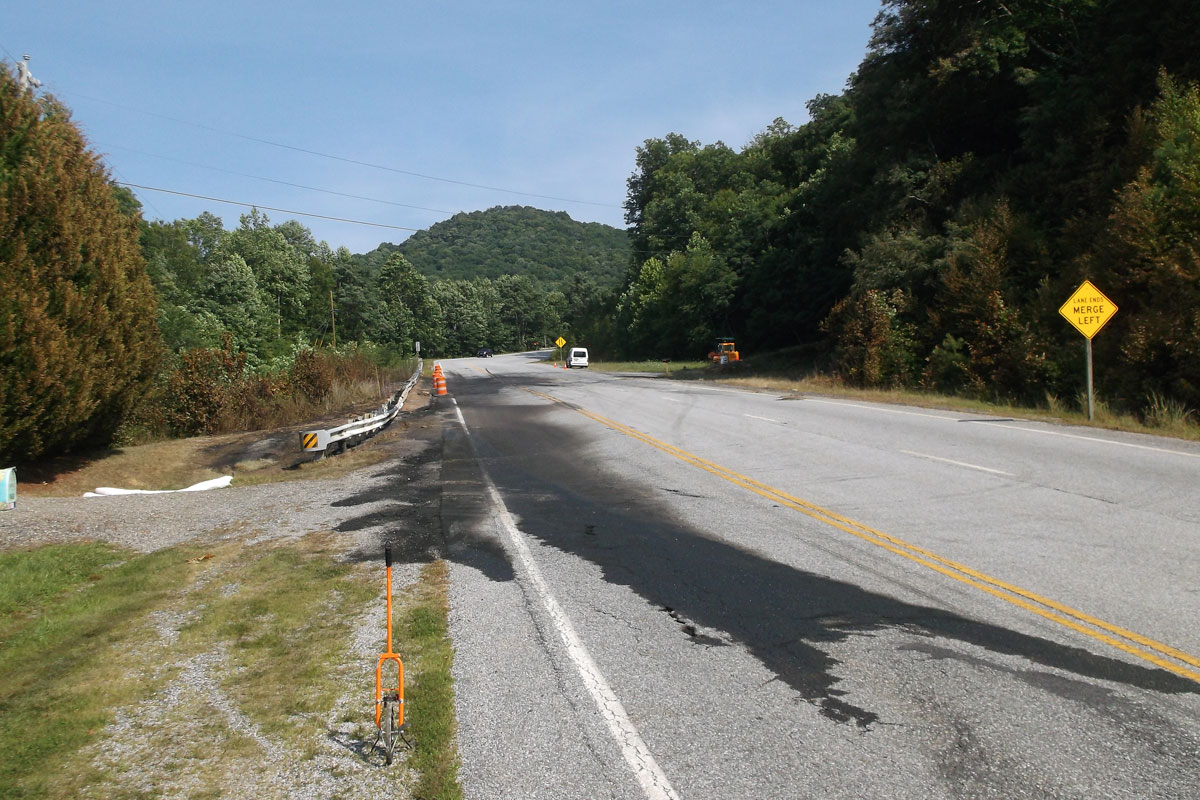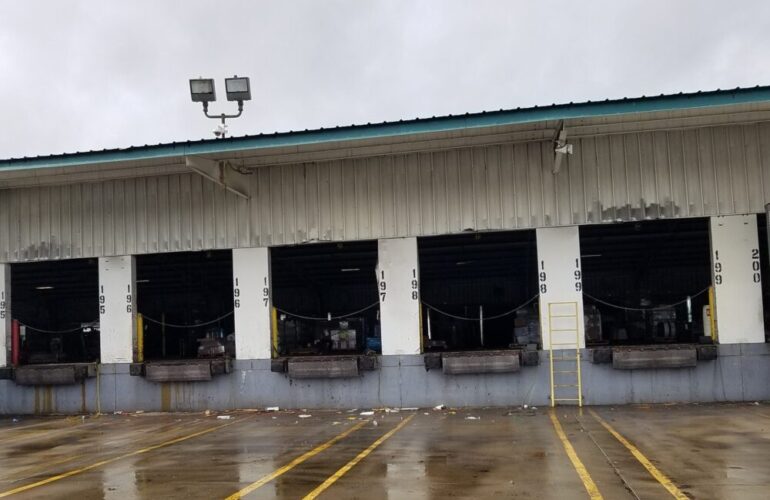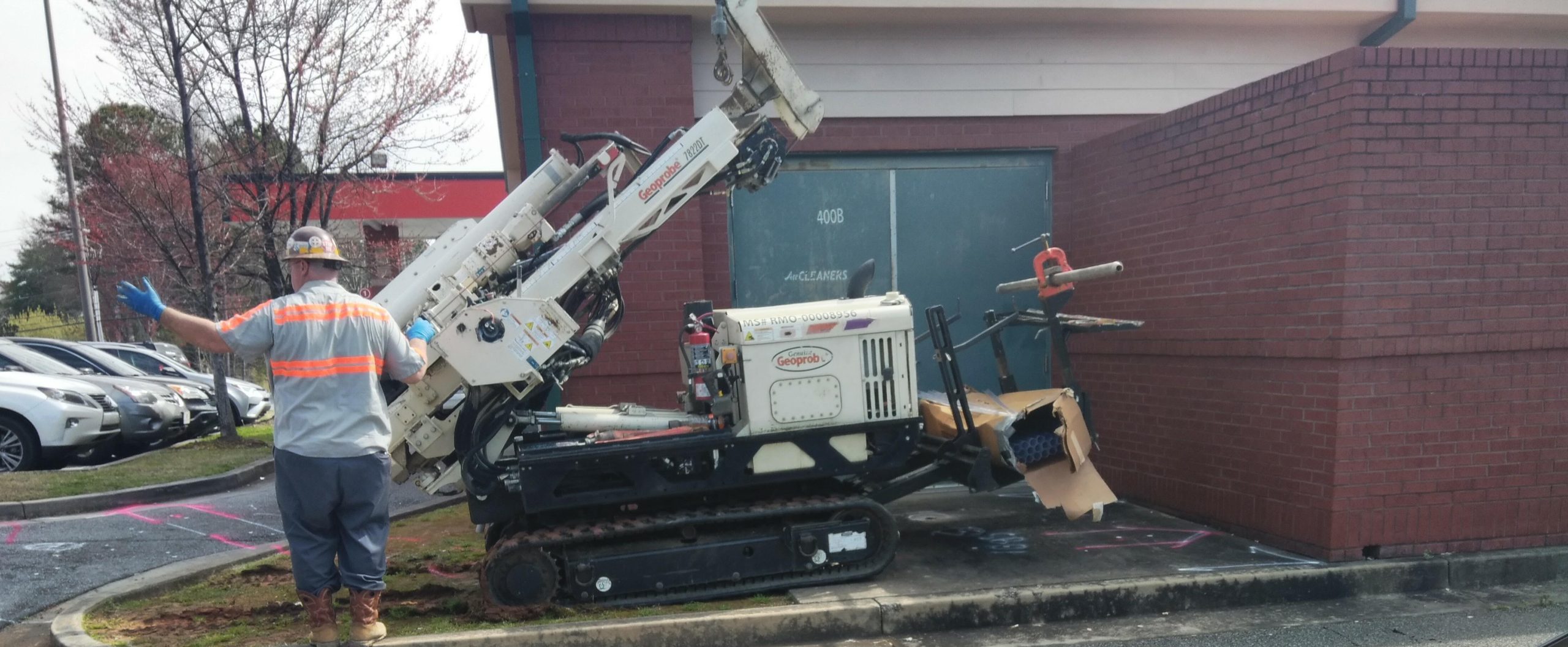Spills of hazardous materials, such as chemicals or petroleum products, can happen on any property at any time. The property may or may not be aware of the spill and may not have caused the spill. However, the property owner will typically be responsible for the spill. Spills can be the result of one large catastrophic discharge or slow leaks over many years. Once a contaminant contacts the bare soil or groundwater, they typically spread and can impact a large portion of the property or extend onto neighboring property. First responders, such as police and fire departments, can be involved and there are significant health and safety issues associated with spills.
The main concern with spills of hazardous materials is the safety and health of people exposed to these contaminants. People can be exposed at the source, through future contact with impacted soil, or through drinking or irrigation water affected by the spill. These materials can be hazardous at relatively low concentrations, making it difficult to even know that exposure is occurring.
Common Spill Opportunities
There are many opportunities for spills to occur, including some of the most common as follows:
- Leaking Storage Tanks. This includes underground or aboveground storage tanks and their associated piping and dispensers.
- Operational Activities. For example, putting floor cleaners/solvents/degreasers on the floors to clean them and then pushing the wash water out of the building where it can flow into storm drains or grassy areas, or enter the ground through cracks and seams in the concrete or asphalt.
- Wrecks and Overturned Trucks. The load itself can be hazardous, in addition to the truck’s fuel tanks. The conditions that caused the wreck, such as rain or snow, can then quickly carry the contaminant great distances.
- Truck Washes. Every material your trucks have traveled through gets washed off. The wash water may carry the contaminants into storm drains or into the soil.
- Unsecured Containers. If any chemicals or fuel containers are not secure, spills can occur through vandalism or failure to cover the loads.
What Happens in the Event of a Spill
Hazardous materials are regulated by various local, state, and federal agencies. Any spills and subsequent cleanups have to be reported and ultimately approved by these regulators. Failure to follow their requirements can result in fines, legal action, and even criminal prosecution.
The property owner or responsible party will need to respond to any spills immediately. In situations such as an overturned truck, first responders will be arriving onsite quickly and will be looking to the responsible party to have an emergency response contractor or environmental consultant onsite immediately. Any injured persons will need immediate medical attention. The initial incident will have to be contained to the extent possible and recovery of the contaminants will need to begin at once. The spill will typically have to be reported to the appropriate regulatory agencies within 24 hours. The responsible party will have one to two days to stop and
repair the source of the discharge (such as leaking tanks). In the case of a fuel spill, free product recovery will need to begin within the first month of discovery. The regulatory agency(s) will require progress reports within the first month or two of the incident and want the entire problem area assessed within the first year or less. If significant contaminants remain in the soil
or groundwater at the site, active cleanup of the contaminants will need to continue until the concentrations are below state or federal action levels.
What You Need to Do If Your Organization Should Suffer a Spill
A spill of hazardous chemicals of petroleum products will affect the operation of your business, can result in fines and civil and/or criminal litigation, and may cost thousands to millions of dollars to fix. Sierra Piedmont has experience handling these types of incidents and can help you manage liability and control costs.


